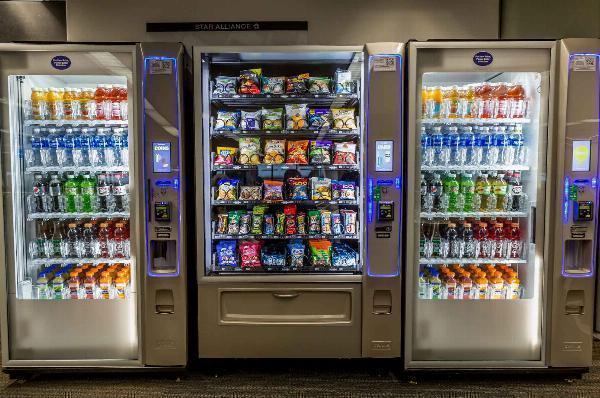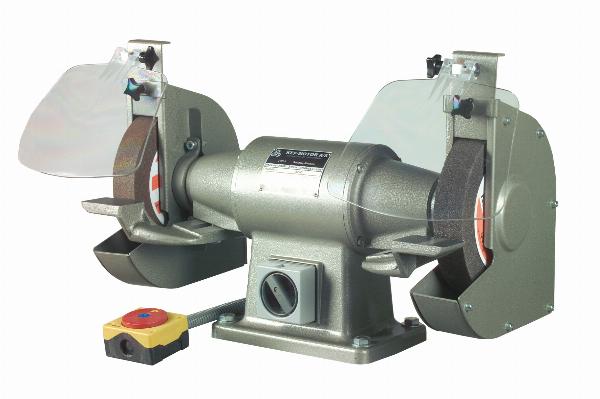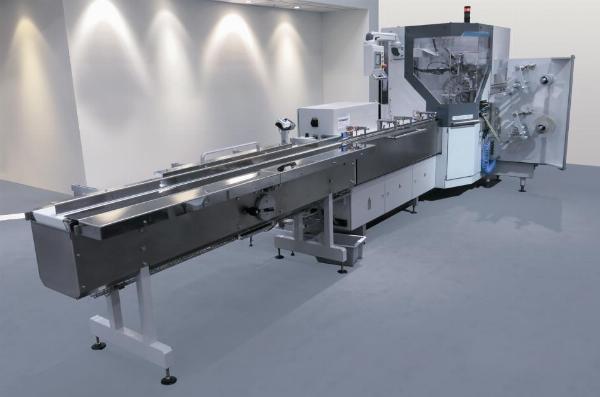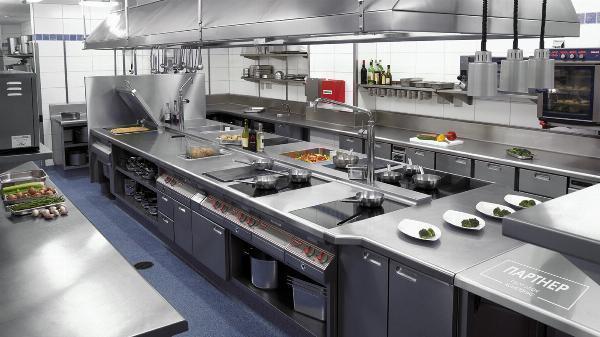Collaborative Robots Market Sector Analysis: Size, Share, Growth, and Trends
Fortune business insights recently published a detailed market research study focused on the “The Collaborative Robots Market Report by 2024” delivering key insights and providing a competitive advantage to clients through a detailed report. This report delves deeply into segmentation and definition, providing a clear understanding of market components and drivers.
"Collaborative Robots Market Size, Share & Industry Analysis, By Payload Capacity (Up to 5 Kg, 6-10 Kg, 11 Kg and Above), By Application (Welding, Material Handling, Quality Testing, Painting/Spraying, Assembling, Others), By Industry (Automotive, Electronics & Semi-Conductors, Food & Beverages, Retail, Metal & Machining, Rubber & Plastic, Others), and Regional Forecast, 2021-2028"
Get a free sample report pdf| https://www.fortunebusinessinsights.com/enquiry/request-sample-pdf/101692
The global collaborative robots market size was valued at USD 979.6 million in 2020 and is projected to grow from USD 1,358.2 million in 2021 to USD 16,387.3 million by 2028, exhibiting a CAGR of 42.7% during the forecast period. The Asia Pacific dominated the collaborative robots market with a share of 23.26% in 2020.
The competitive landscape of the market for collaborative robots market is determined by assessing the major industry participants, production capacity, production capacity utilization rate, collaborative robots market’s production chain, pricing by each manufacturer and the revenue generated by each manufacturer in the collaborative robots market globally.
Top key players of collaborative robots market:
Universal Robots (Headquarter: - Odense, Denmark)Rethink Robotics GmbH (Headquarter: - Massachusetts, U.S.)Denso Wave Incorporated (Headquarter: - Aichi Prefecture, Japan)Fanuc Corporation (Headquarter: - Yamanashi, Japan)Bosch Rexroth AG (Headquarter: - Lohr a. Main, Germany)ABB (Headquarter: - Zürich, Switzerland)Yaskawa America, Inc.- Motoman Robotics Div. (Headquarter: - Fukuoka, Japan)AUBO Robotics (Headquarter: - Tennessee, U.S.)Stäubli International AG. (Headquarter: - Freienbach, Switzerland)K2 Kinetics (Headquarter: - Pennsylvania, U.S.)Rethink Robotics (U.S.)MABI Robotic (Switzerland)FrankaEmika (Germany)F&P Robotics (Switzerland)Neura Robotics (Germany)
Market atributes:
Report ComponantAspectsForecast Period2020-2028Projected market valuve 2020USD 979.6 millionForecasted market valuve 2028USD 16,387.3 millionCompound Annual Growth Rate42.7Get a quote -https://www.fortunebusinessinsights.com/enquiry/get-a-quote/101692
Drivers and restraints:
Drivers: Increasing Demand for Automation: The need for automation to enhance productivity, efficiency, and consistency in manufacturing processes drives the adoption of collaborative robots. Cost-Effectiveness: Collaborative robots are often more affordable and flexible than traditional industrial robots, making them accessible for small and medium-sized enterprises (SMEs). Advancements in Technology: Innovations in sensor technology, artificial intelligence, and machine learning improve the capabilities and safety features of collaborative robots, boosting market growth. Shorter ROI and Flexibility: The ability of cobots to be quickly deployed and reprogrammed for various tasks allows for a shorter return on investment and greater flexibility in production environments. Growing Adoption in SMEs: The ease of integration and lower barriers to entry make collaborative robots increasingly popular among SMEs looking to enhance their manufacturing processes without significant upfront costs. Restraints: Initial Investment Costs: Despite being more cost-effective than traditional robots, the initial investment for collaborative robots can still be significant for some businesses. Integration Challenges: Integrating cobots with existing systems and processes can be complex, requiring adjustments and potentially disrupting ongoing operations during implementation. Limited Payload and Reach: Collaborative robots typically have limitations in payload capacity and reach compared to traditional industrial robots, which can restrict their application in certain industries or tasks. Technical Expertise Requirements: Effective use of collaborative robots requires specialized knowledge and training, which may be a barrier for organizations lacking the necessary technical expertise. Technological Obsolescence: Rapid advancements in robotics technology may lead to the obsolescence of existing models, requiring frequent updates or replacements to keep up with new developments and maintain competitive advantage.
Regional analysis:
North America (By Payload Capacity, Application, Industry and Country)U.S. (By Payload Capacity)Canada (By Payload Capacity)Europe (By Payload Capacity, Application, Industry and Country)U.K. (By Payload Capacity)Germany (By Payload Capacity)France (By Payload Capacity)Rest of EuropeAsia Pacific (By Payload Capacity, Application, Industry and Country)China (By Payload Capacity)Japan (By Payload Capacity)India (By Payload Capacity)Southeast Asia (By Payload Capacity)Rest of Asia PacificMiddle East & Africa (By Payload Capacity, Application, Industry and Country)GCC (By Application)South Africa (By Application)Rest of Middle East & AfricaSouth America (By Payload Capacity, Application, Industry and Country)Brazil (By Payload Capacity)Mexico (By Payload Capacity)Rest of South America
Table of Content :





















